Over the course of a strategic planning engagement, Triaxia Partners typically assists our clients in developing one or more of the following end products:
- A clear articulation of the organization’s governing, or foundational concepts: a statement of mission (purpose), vision (direction) and values (governing principles).
- Mission articulates the choices the organization is making in terms of its fundamental “calling”: What needs it seeks to meet, or opportunity it is trying to capture; what customers it does and does not target; what distinctive value the organization aims to create.
- Vision captures the organization’s passion and clarifies what the organization is striving to accomplish. Ideally it is measurable and based on impact or results, not merely activity.
- Values clarify how the organization will go about pursuing its vision, and fulfill its mission, identifying guiding principles for behavior and critical choices going forward.
- A solid grasp of the facts, or context, within which the organization is working – in effect the starting point for the strategy. Many organizations work from hypotheses, presumptions and instinct rather than facts. In contrast, successful organizations have a clear and candid understanding about what’s going on “out there,” particularly within the target markets and customer groups on which they’re focusing. Great companies are just as quick to acknowledge the realities and implications of internal weaknesses that may hinder the achievement of their strategic ambitions.
- A clear and manageable list of strategic goals and objectives. The heart of a strategic plan is a clear set of priorities (goals/objectives) which will provide the focus for resource allocation, leadership assignments, and capital expenditures over the foreseeable future, typically three to five years. These priorities are most useful when they are concrete and associated with specific action steps, clear assignments, identifiable deadlines, and, probably most important, specific measurements/goals that can be tracked over time. In aggregate, these strategic priorities, if accomplished, should make material progress toward realizing the overall organizational vision.
- A summary action plan driven by these strategic priorities. Specific action steps drive annual budgets, staffing decisions, customer development, capital spending, etc. Such action plans need to be concrete regarding timelines, responsibilities, and interim milestones to assess progress. Strategic plans typically include an executive summary of such action plans, with greater detail available in a supporting operating plan.
- A synopsis of resource requirements that the plan implies. Budget detail can include not only annual spending, but also major capital projects and human resource needs, for example. Distilling a plan into specific decisions on resource deployment adds clarity and specificity to strategic thinking.

